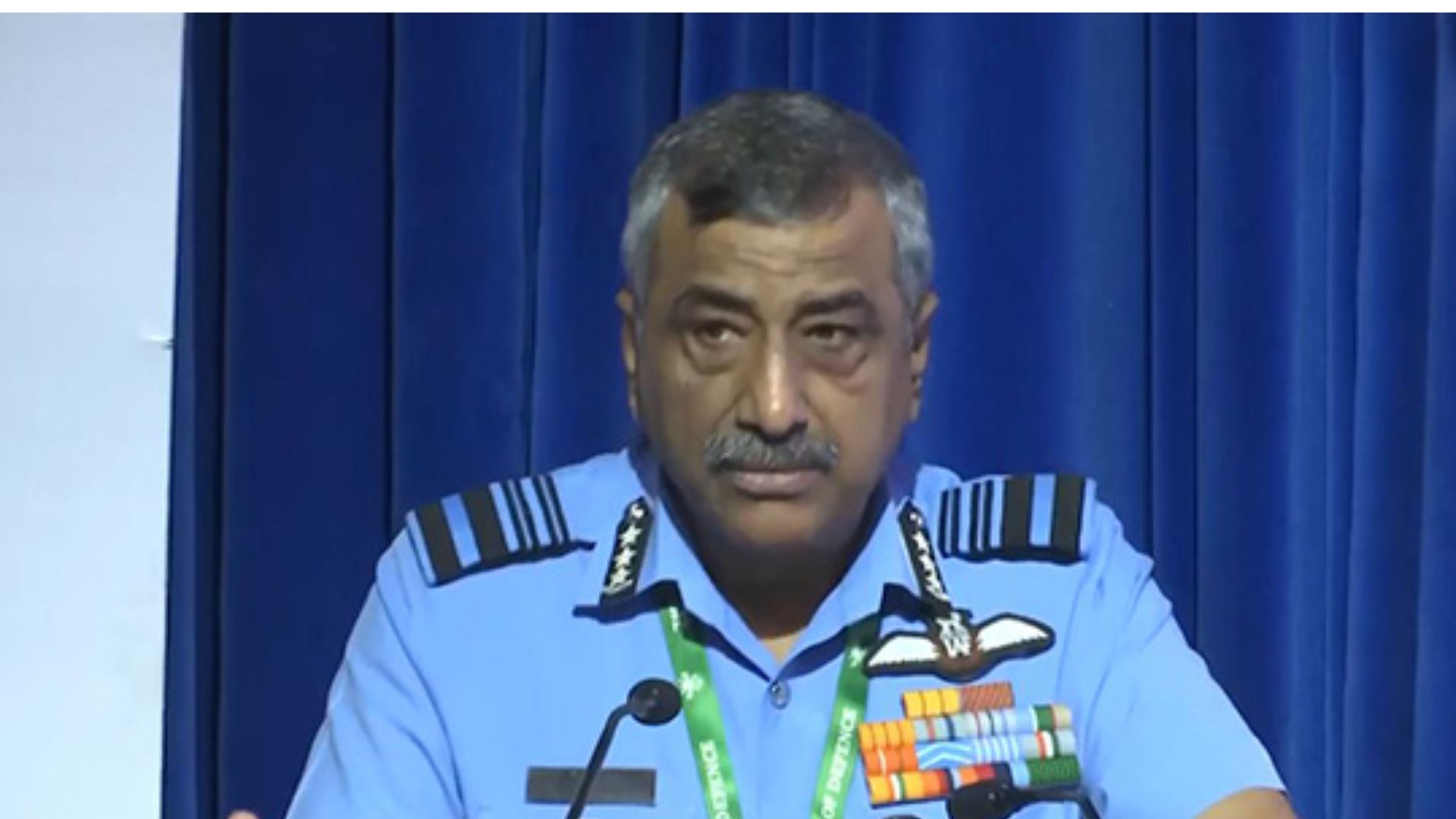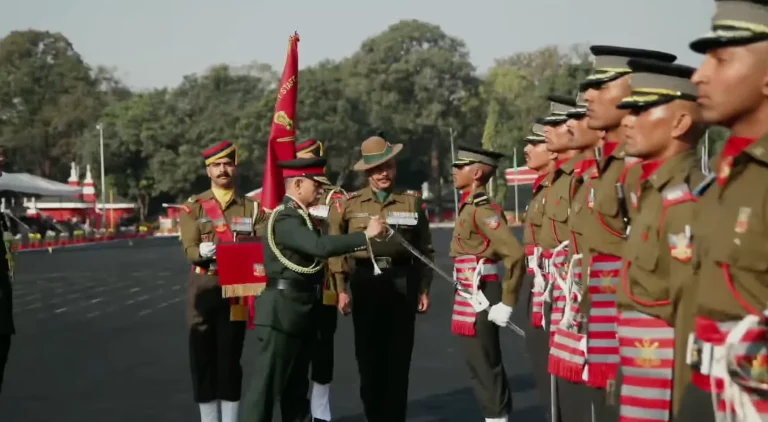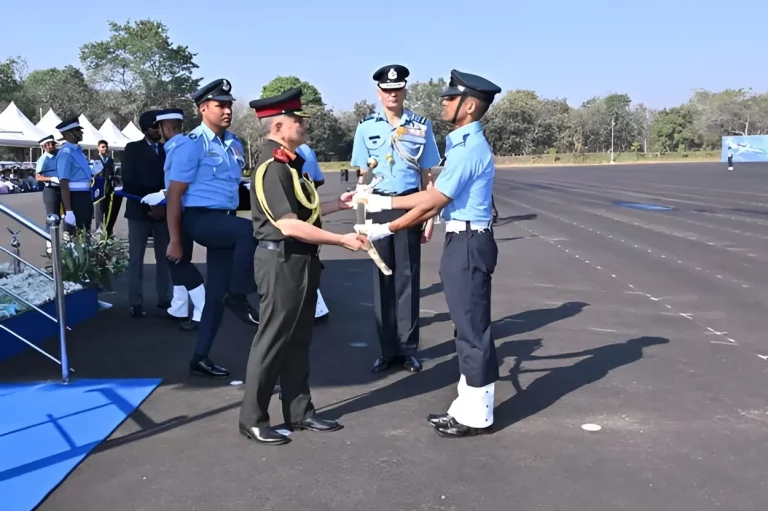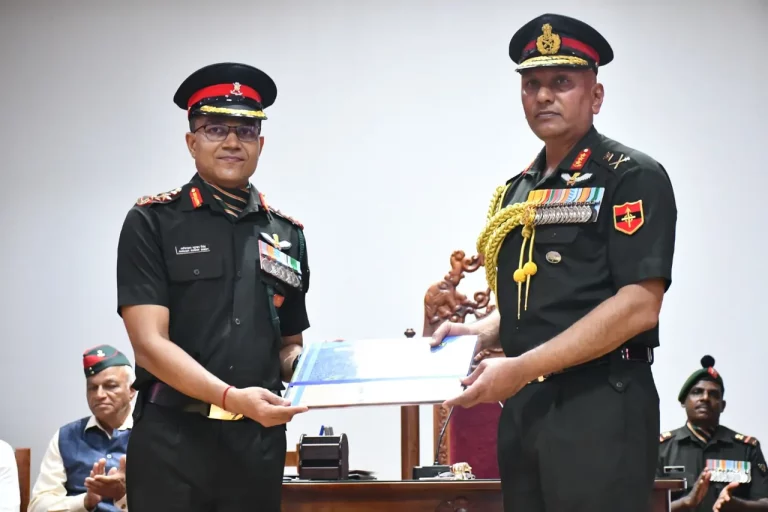During a recent seminar dedicated to Surveillance and Electro Optics in India, Chief of Integrated Defence Staff, Air Marshal Ashutosh Dixit, articulated key insights on modern warfare, emphasizing that success is increasingly reliant on the ability to “see first, see farthest, and see most accurately.” His remarks highlighted the fundamental shift towards superior situational awareness, which has become crucial in a landscape characterized by precision-guided weaponry and rapid advancements in technology.
Drawing examples from various global conflicts—including the Armenia-Azerbaijan war, the ongoing Russia-Ukraine conflict, and the Israel-Hamas hostilities—Dixit reflected on India’s own military operations, particularly Operation Sindoor. He pointed out that timely intelligence and advanced surveillance capabilities have repeatedly proven critical in tipping the balance of power in favor of the more strategically prepared side. “This truth has never been more relevant than in today’s age of multi-domain operations,” he stated.
Air Marshal Dixit further elaborated that deep surveillance has evolved from being merely supportive to an essential strategic function. He cautioned that geographical distance no longer ensures safety, as modern warfare has blurred traditional distinctions between frontlines and rear areas. The capability of sophisticated weapons such as SCALP, BrahMos, and HAMMER to strike long-range targets has fundamentally altered battlefield dynamics.
He stressed the need for India to develop capabilities for detecting and tracking adversaries deep within their own territory, including staging grounds, airfields, and command hubs. “Hypersonic missiles and drone swarms leave little time to react,” he asserted, underlining that near real-time surveillance has become imperative for national security.
Discussing the Observe–Orient–Decide–Act (OODA) loop, Dixit emphasized the transformation brought about by rapid weaponry and shrinking decision-making timelines, noting that modern surveillance enables predictive capabilities, allowing forces to anticipate and pre-empt adversarial actions.
In his discourse, he advocated for enhanced collaboration with the private sector, declaring that India’s technology industry must spearhead the development of multispectral, all-weather systems integrated with artificial intelligence (AI). He highlighted that AI-driven imaging and predictive threat analytics could transition surveillance efforts from passive to intelligent, asserting that interoperability and scalability would be critical in shaping future defense frameworks.
Echoing Dixit’s views, Lieutenant General Vineet Gaur, Director General Capability Development, noted that advanced surveillance is imperative in today’s unpredictable security climate. Reflecting on the lessons from the Kargil War alongside current threats, he disclosed that the Indian Air Force intends to launch 52 satellites within the next year, with a significant number of these being developed by private enterprises, thereby enhancing space-based surveillance capabilities.
Air Vice Marshal Tejpal Singh further mentioned that Intelligence, Surveillance, and Reconnaissance (ISR) has become integral to military strategy, asserting that the functionality of Remotely Operated Systems, as showcased in Ukraine and West Asia, has revolutionized combat tactics.
The seminar underscored the notion that India’s advantage on future battlefields will hinge on its ability to see clearly, act swiftly, and integrate operations seamlessly across all domains including air, land, sea, space, and cyber.
















